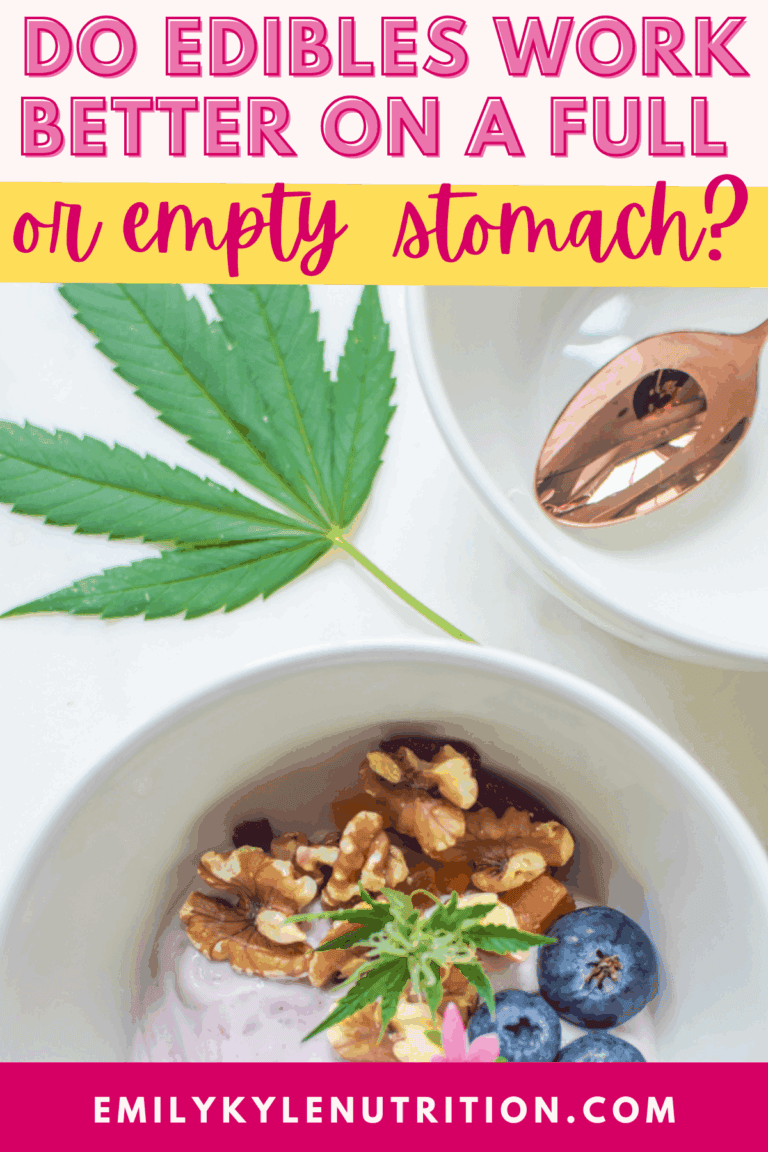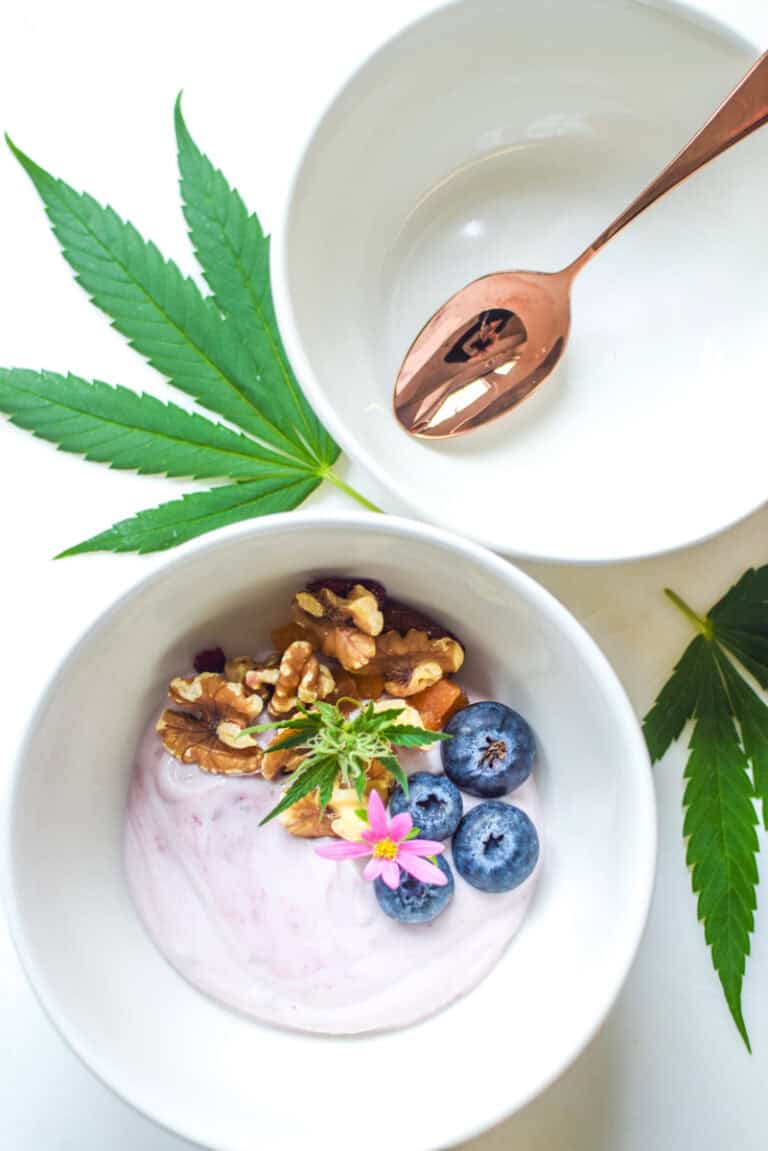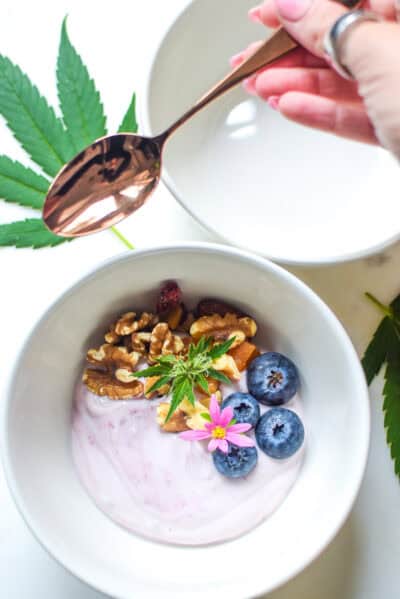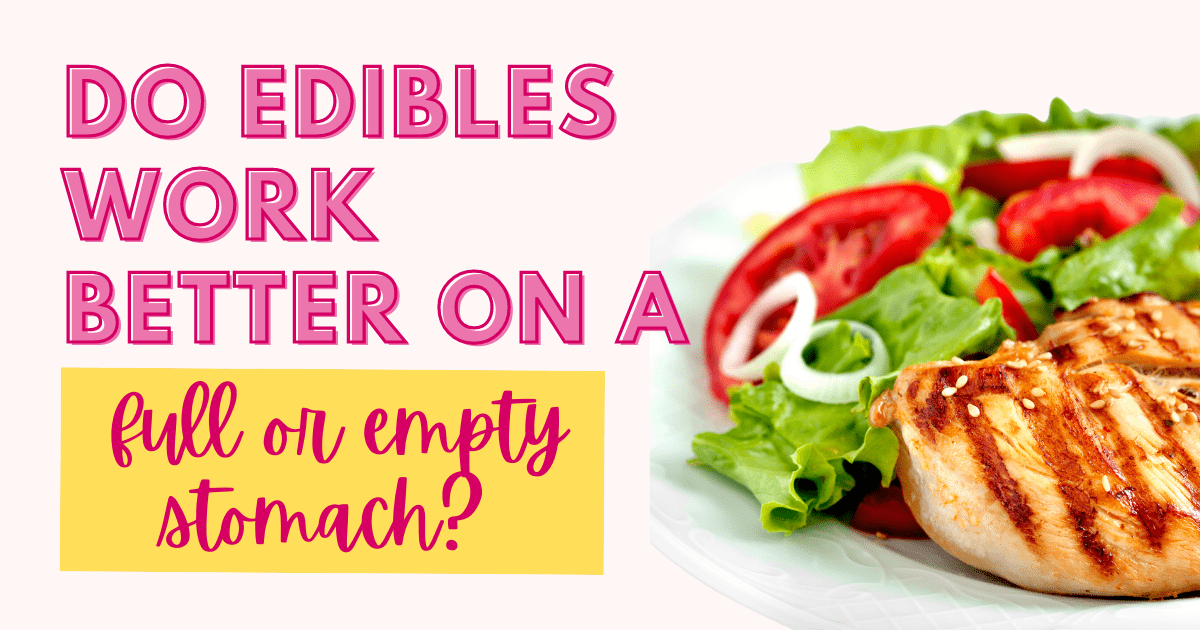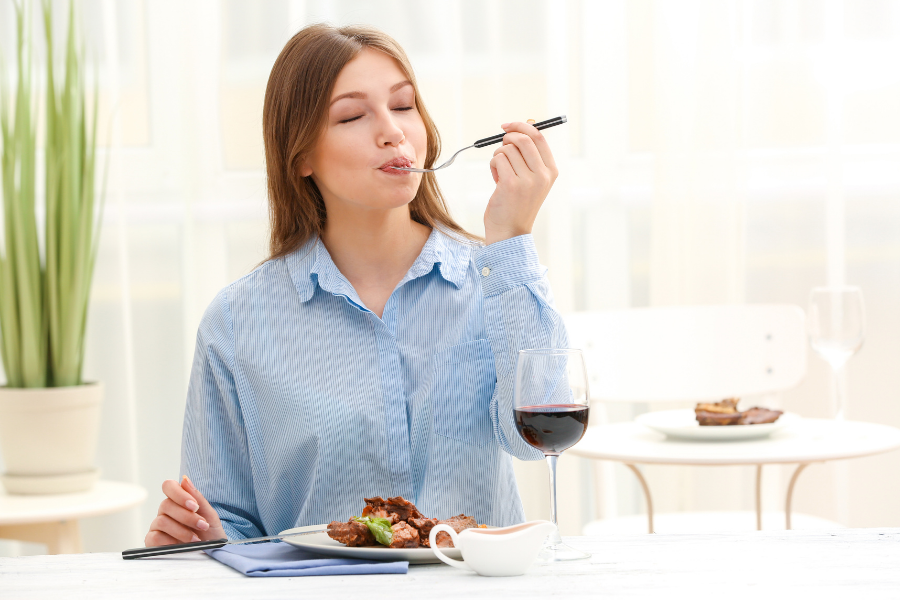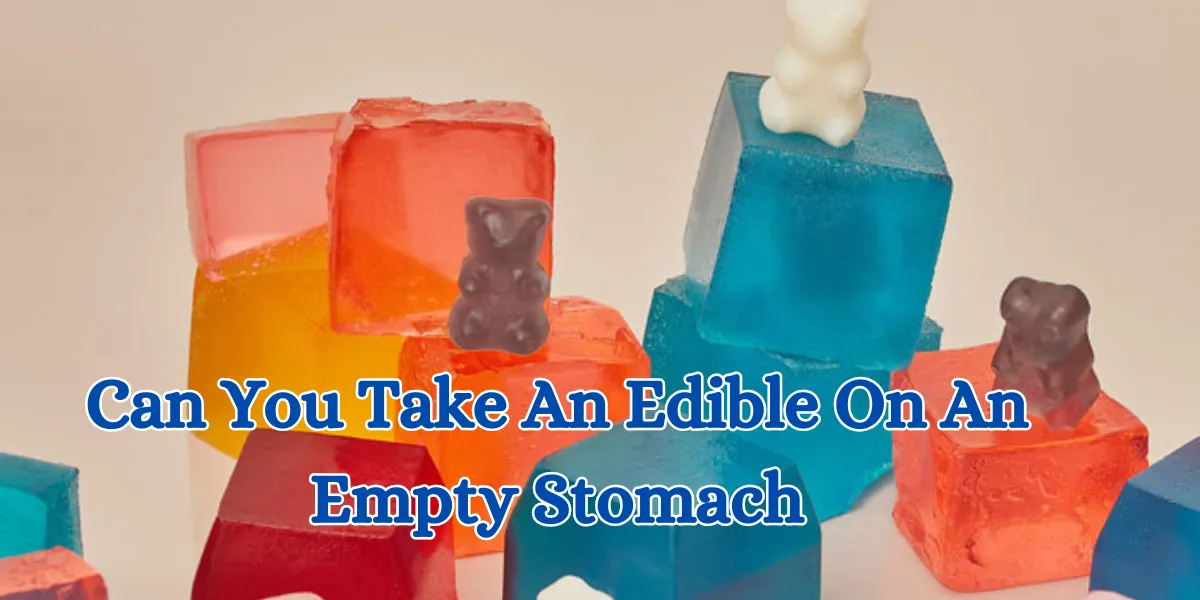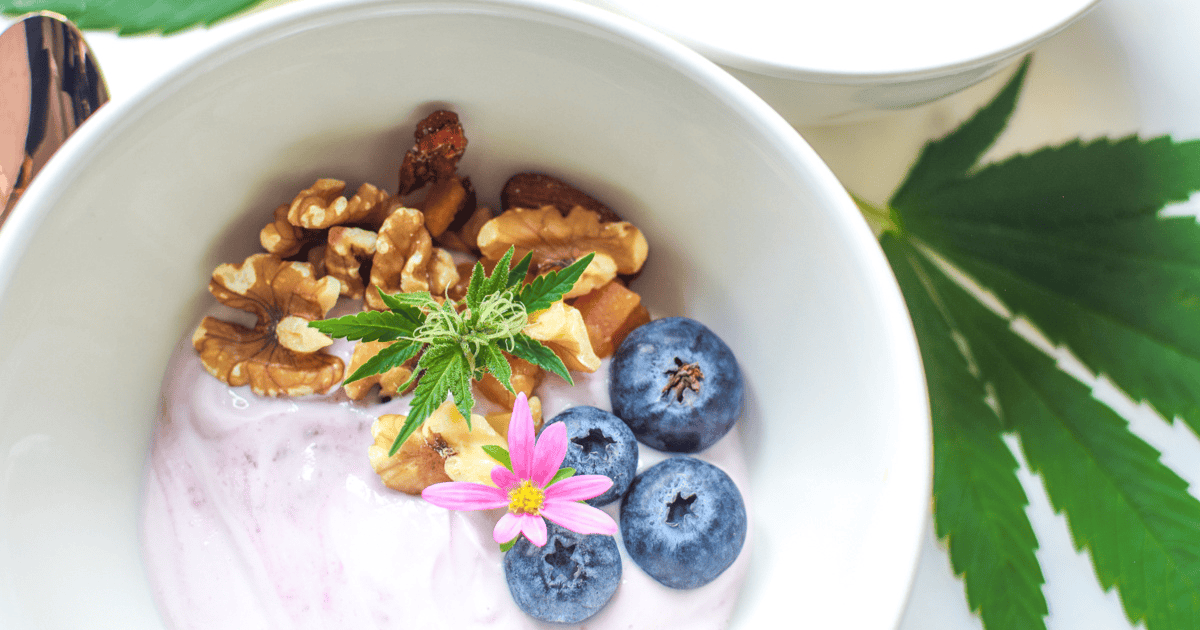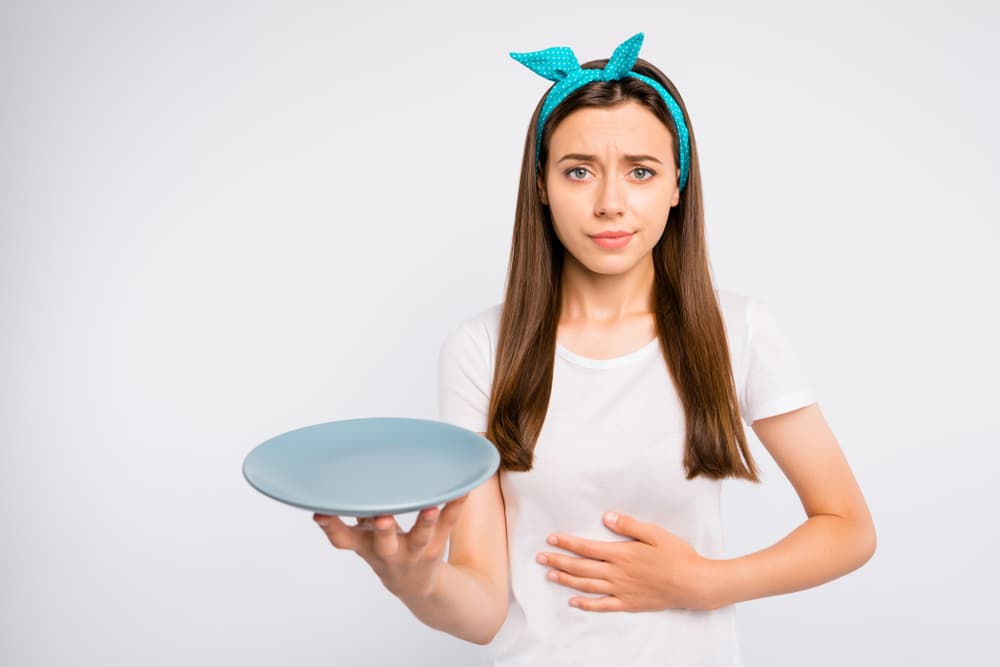Edible On Empty Or Full Stomach

The gentle promise of relaxation, pain relief, or a novel sensory experience often accompanies the consumption of edible cannabis products. However, the seemingly straightforward act of eating an edible is fraught with variables, none perhaps as impactful as the state of one's stomach: empty or full. This simple distinction can drastically alter the onset, intensity, and duration of the psychoactive effects, leading to experiences ranging from mild contentment to overwhelming discomfort.
Understanding this critical interaction between edibles and food intake is paramount for consumers, particularly as the market expands and access to these products becomes increasingly widespread. The impact reaches beyond mere recreational enjoyment; it concerns responsible consumption, predictable therapeutic outcomes for medicinal users, and the potential for minimizing adverse reactions that can strain healthcare resources.
The Gut's Gatekeeper: Absorption and Metabolism
The core issue lies in how the body processes THC (tetrahydrocannabinol), the primary psychoactive compound in cannabis, when ingested versus inhaled. When smoked or vaped, THC enters the bloodstream directly via the lungs, resulting in a rapid onset of effects.
Edibles, on the other hand, must first navigate the digestive system. This journey involves absorption in the small intestine and a critical first-pass metabolism in the liver.
During this process, THC is converted into 11-hydroxy-THC, a metabolite that is significantly more potent and longer-lasting than the THC absorbed through inhalation, according to research published in the journal "Drug Metabolism and Disposition." The presence or absence of food in the stomach dramatically influences this metabolic pathway and, consequently, the user's experience.
Empty Stomach: A Rollercoaster Ride
Consuming an edible on an empty stomach accelerates the absorption process. With no other food to compete with, the edible is quickly broken down, and THC rapidly enters the bloodstream.
This often leads to a quicker, more intense high, sometimes described as unpredictable or overwhelming. The faster absorption also means that the duration of the effects may be shorter, potentially prompting users to consume more in pursuit of a sustained experience, which can further exacerbate the intensity of the high.
Dr. Ethan Russo, a renowned cannabis researcher and neurologist, has frequently cautioned against consuming edibles on an empty stomach, citing the increased risk of anxiety, paranoia, and other adverse effects, as reported in numerous interviews and publications throughout his career.
Full Stomach: A Gentler Ascent
Conversely, eating an edible after a meal slows down the absorption rate. Food acts as a buffer, delaying the breakdown of the edible and the subsequent release of THC into the bloodstream.
This slower absorption translates into a more gradual onset of effects, often described as smoother and more manageable. The overall intensity of the high may also be reduced, minimizing the risk of anxiety or panic.
Research from the National Institute on Drug Abuse (NIDA) indicates that the presence of fats in the stomach can significantly impact THC absorption. THC is fat-soluble, meaning it binds to fats in the food, potentially leading to a more sustained and predictable release of the compound over time.
Individual Variability: A Complex Equation
While the presence or absence of food is a crucial factor, individual differences also play a significant role. Metabolism, body weight, tolerance, and genetics all contribute to the unique way each person responds to edibles.
A person with a higher metabolism may process THC more quickly, regardless of whether they have eaten. Similarly, individuals with a higher tolerance to cannabis will likely require a larger dose to achieve the desired effects, regardless of the timing of their meal.
Dr. Sue Sisley, a physician and cannabis research advocate, emphasizes the need for personalized dosing based on individual physiology and experience, advocating for more rigorous clinical trials to better understand these variables, as reported in her numerous research publications.
Dosage and Labeling: The Call for Clarity
The lack of standardized dosage guidelines and clear labeling on edible products remains a major concern. Many consumers, especially those new to cannabis, are unaware of the potential impact of food intake and may unknowingly consume a dose that is too high for their individual tolerance.
Consumer advocacy groups like the Cannabis Consumers Coalition are pushing for stricter regulations on labeling, including clear warnings about the potential effects of consuming edibles on an empty stomach and recommendations for responsible dosing.
The inconsistency in THC content across different products, even within the same brand, further complicates matters. This lack of precision makes it difficult for consumers to accurately gauge the amount of THC they are ingesting and to predict the resulting effects.
Looking Ahead: Education and Regulation
The future of edibles consumption hinges on improved education and stricter regulation. Clear, concise information about the impact of food intake, personalized dosing strategies, and standardized labeling are essential for ensuring a safe and enjoyable experience.
Healthcare professionals also have a crucial role to play in educating patients about the potential risks and benefits of edibles, particularly for those who are using them for medicinal purposes. Ongoing research is needed to further elucidate the complex interplay between cannabis, the digestive system, and individual physiology.
By fostering a culture of responsible consumption and informed decision-making, the cannabis industry can minimize the risk of adverse reactions and maximize the therapeutic potential of edibles. The goal is to move towards a more predictable and personalized experience for all consumers, regardless of whether they choose to partake on an empty or full stomach.


